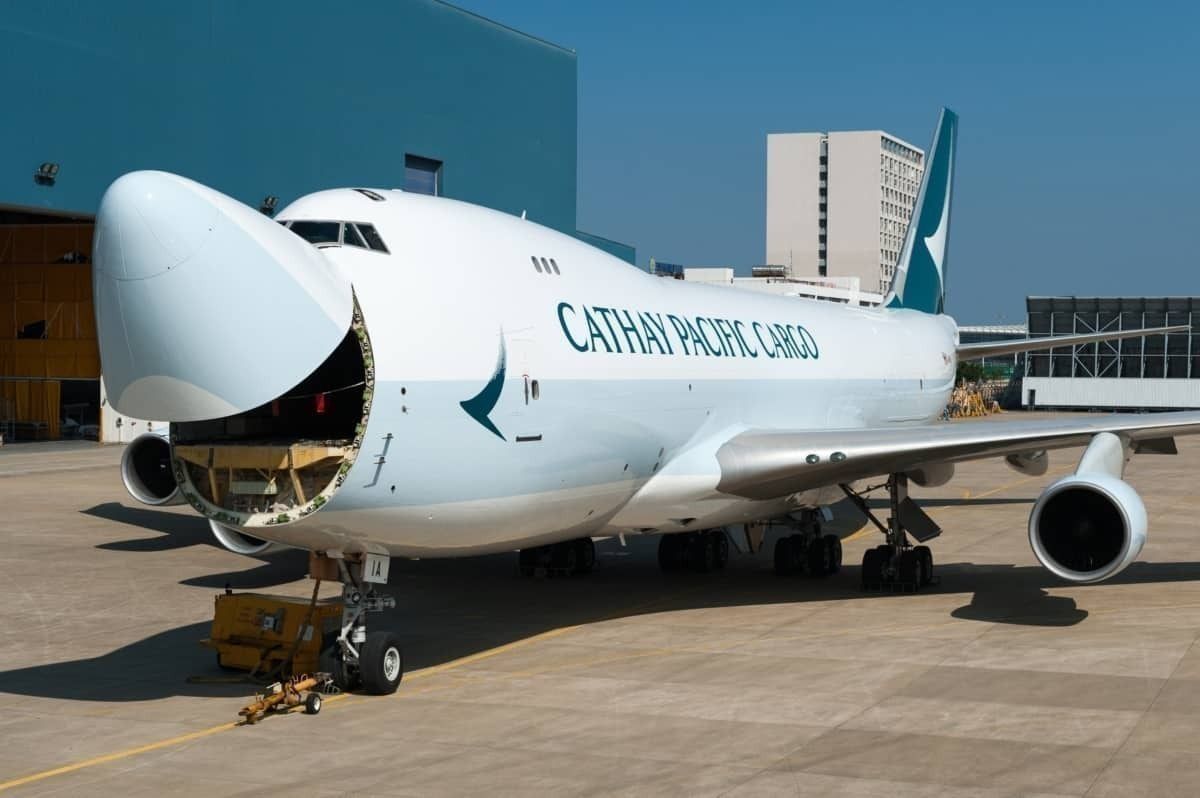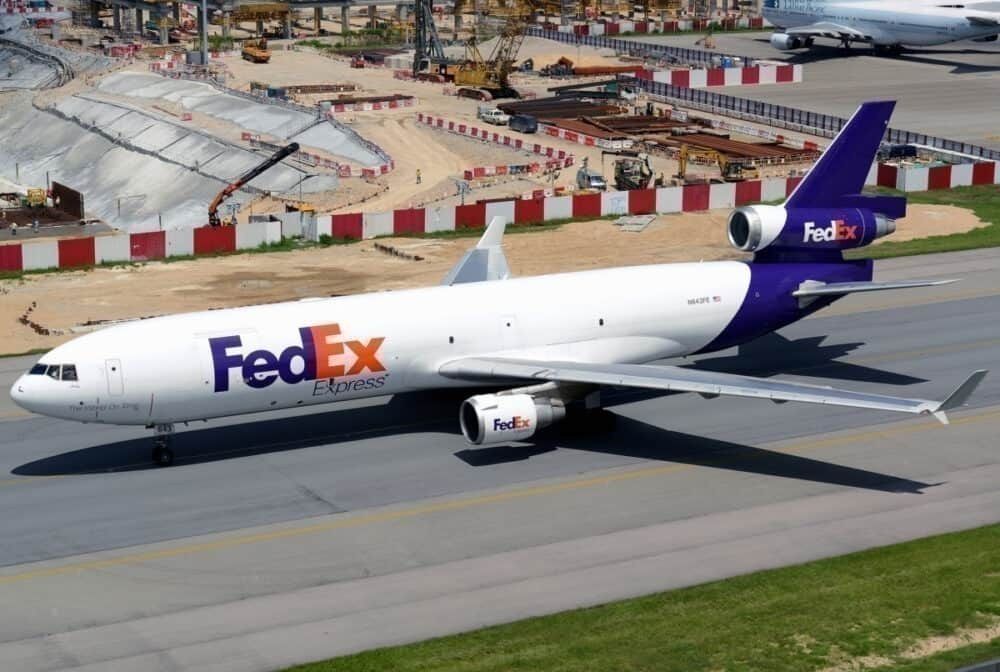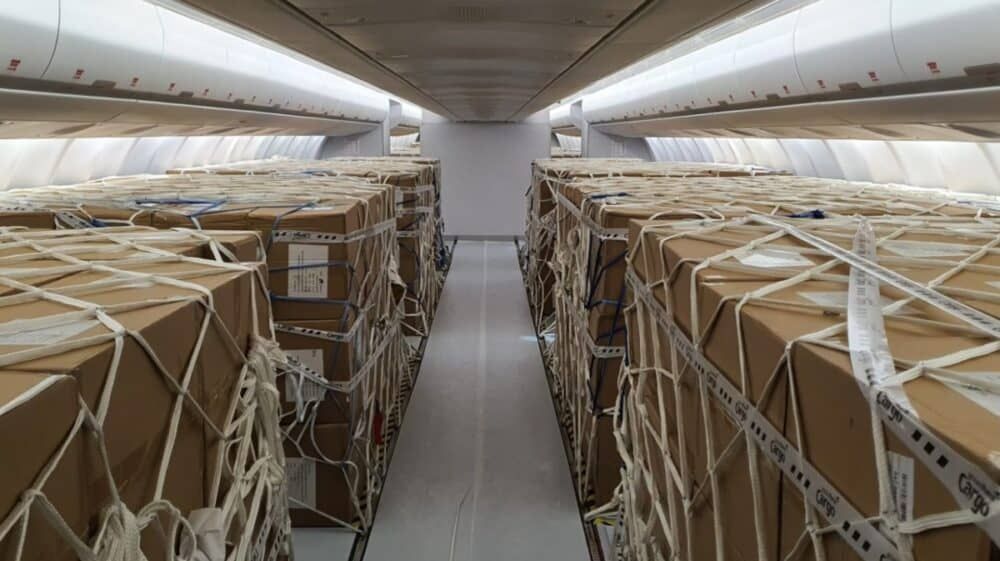The air cargo market has had a few challenging years in recent times. In 2019, it noted the biggest decline in a decade, with volume falling by more than three percent. Margins have worsened continuously for three years in a row. The trade war between the United States and China has had an adverse effect on the market too. And now, the pandemic has reduced air freight capacity, while bringing interesting changes to the market.
Air Freight Market
The global air freight market has a size of roughly 60 million metric tons. Cumulative market revenues amount to approximately $100 billion. Asia Pacific is the biggest regional market, which amounts to 34% of globally available freight ton-kilometers (AFTK). Total freight traffic market shares by region of carriers in terms of FTK are as follows:
- North America 24.2%,
- Europe 23.7%,
- The Middle East 13.0%,
- Latin America 2.8%,
- and Africa 1.8%.
The African market has been the only one to note a positive volume growth last year.
The market itself is dominated by belly cargo, which provided almost two-thirds of global capacity last year. This is also reflected by the ranking of the biggest cargo airlines globally.
Biggest players
Out of the ten biggest cargo carriers globally, seven are traditional airlines that operate using both all-cargo aircraft and passenger aircraft, where they transport goods using belly-hold capacity. Boeing 777F is the most broadly used aircraft type among these airlines. Lufthansa Cargo, Qatar Airways Cargo, Emirates Cargo, Turkish Cargo, and Air China Cargo are among those who utilize them in their all-cargo operations.
Thus, only three cargo-only airlines are among the world’s top ten. FedEx is, in fact, the biggest cargo airline globally; United Parcel Service is fourth, while Cargolux is eight largest.
According to IATA’s 2019 World Air Transport Statistics, FedEx, the world’s largest cargo airline, carried 17,500 million freight ton-kilometers (FTK). Emirates, Qatar Airways, and UPS are next in size, all with roughly 12,500 to 12,700 million FTK’s. However, last week news came out suggesting that Qatar Airways has now overtaken Emirates, making it the world's second-largest cargo carrier.
Cathay Pacific is the world’s fifth-largest cargo carrier with over eleven million FTK’s. Korean Air, Lufthansa, Cargolux, Air China, and China Southern Airlines make up the top ten. However, all are considerably smaller. Their FTK’s ranged from 6.5 to 7.8 billion in 2018.
The COVID twist
The spread of the pandemic paralyzed air travel, which had a notable impact on cargo capacity. In March and April, industry-wide capacity declined by 22.7% and 42% annually. The decline has not been ubiquitous. International belly cargo capacity has gone down by as much as 45% in March and 75% in April.
The capacity on dedicated freighters has seen an opposite change, with capacity increasing by 6.2% YoY and 15% YoY in March and April. That is both due to the conversion of passenger aircraft to cargo-only flights as well as increased utilization of dedicated freighters. As a result, belly cargo’s global capacity share declined from 65% to less than 40%.
In short, the combination of disrupted supply chains and a drastic decline in air passenger travel has positively impacted cargo-only airlines. Both rates and yields have gone up. In fact, the cargo load factor increased by 11.5% year-on-year in April and reached an all-time high since 1990. This unusual increase suggests that the air cargo market is currently undersupplied.
It seems that, so far, the pandemic has had a positive impact on some cargo airlines.
Yet, many questions remain. Will the market become oversupplied once passenger flights return? Or maybe they will not return at a comparable level in the years to come, increasing the profitability of the air cargo market. Only time will tell.



